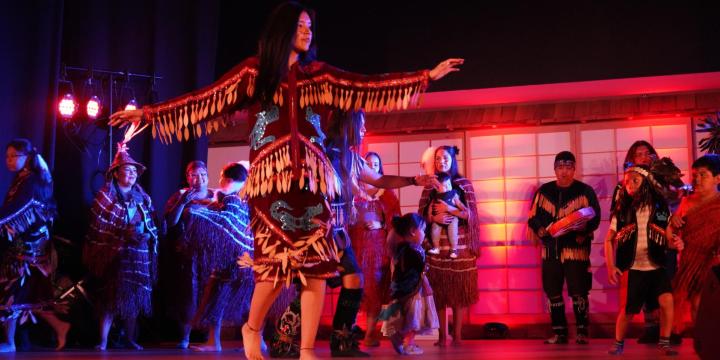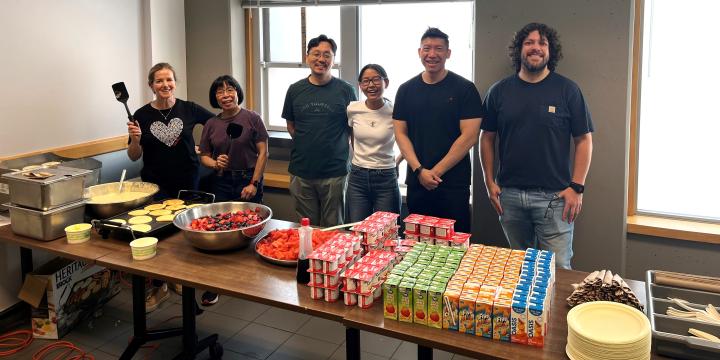
If you live in Vancouver, you’ve probably heard this statement read at the beginning of a ceremony, lecture or event you’ve attended:
“I would like to acknowledge that we are gathered on the traditional, ancestral and unceded territory of the Coast Salish peoples–Sḵwx̱wú7mesh (Squamish), Stó:lō and Səl̓ílwətaʔ/Selilwitulh (Tsleil-Waututh) and xʷməθkʷəy̓əm (Musqueam) Nations.”
Sound familiar? We do land acknowledgements to show our respect for the land, a tradition that dates back centuries for Indigenous people.
Land acknowledgements have been adopted as a common practice in civic and community spaces across Canada–a small but important step towards reconciliation.
For non-Indigenous Canadians, land acknowledgements are an opportunity to reflect on the impacts of colonialism, to be accountable to Indigenous people and thank those who still live on and care for the land. These few words spoken at gatherings can provoke thought and reflection about colonialism and how to engage in reconciliation more meaningfully.
Here are tips for using land acknowledgements:
- Land acknowledgements aren’t just scripted words you recite, but one common convention is to use the words “traditional, ancestral and unceded territory” when referring to the land. We say “traditional” to recognize how land was traditionally used or occupied by First Nations; “ancestral” to recognize that land is handed down from generation to generation; and “unceded” to recognize the land not being turned over to the Crown by a treaty or other agreement.[1]
- When formulating a land acknowledgement, the territory you recognize depends on your location. In Vancouver we usually acknowledge the land of the Coast Salish peoples–Sḵwx̱wú7mesh (Squamish), Stó:lō and Səl̓ílwətaʔ/Selilwitulh (Tsleil-Waututh) and xʷməθkʷəy̓əm (Musqueam) Nations. In Surrey however, we could acknowledge the Kwantlen, the Katzie, the Semiahmoo and Tsawwassen First Nations in our land acknowledgements there. There are interactive map resources such as Native Land, Whose Land and Indigenous Peoples Atlas that can help you identify what territories you occupy and create a land acknowledgement based on where you are.
The work of reconciliation
Once you've created a working land acknowledgement, you have the responsibility to continue your self-education by asking questions and learning more about reconciliation.
What privileges do you have on this land because of colonialism? What can you do to better care for the land? Who lived on this land before you? What personal or organizational practices do you have in place to work towards reconciliation?
YWCA is committed to the full realization of equality for Canada’s Indigenous peoples, and has a long history of working with Indigenous groups to provide holistic, culturally relevant programs and services.
To support YWCA programs and services for Indigenous women and their children, please contact Kathy Lilyholm at 604 895 5851 | klilyholm@ywcavan.org
[1] What is a Land Acknowledgement? https://students.ubc.ca/ubclife/what-land-acknowledgement

